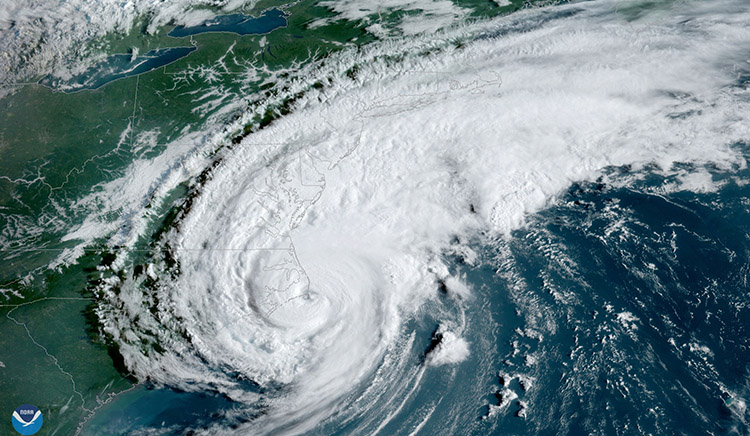Tropical Meteorology Project was close on 2019 Atlantic hurricane numbers
The 2019 hurricane season ended up slightly above average – a bit more active than was predicted by the CSU Tropical Meteorology Project forecast team’s later updates issued in June, July and August, and somewhat more active than was predicted in April. Of most note during the 2019 Atlantic hurricane season was Hurricane Dorian, which devastated the northwestern Bahamas before significantly impacting the southeast United States and the Atlantic Provinces of Canada. Tropical Storm Imelda also inundated southeast Texas with devastating flooding.
“The 2019 Atlantic hurricane season was well above-average for the number of named storms, and near-normal for the number of hurricanes and major (Category 3-plus on the Saffir-Simpson Scale) hurricanes. Overall, our first seasonal forecast issued in early April was somewhat too low, while updates issued in June, July and August slightly underestimated Atlantic hurricane activity,” said Phil Klotzbach, lead author of the forecast. Seasonal Accumulated Cyclone Energy (ACE) was approximately 120 percent of the 1981-2010 average. While the season was very active for the total number of named storms (18 compared with the 1981-2010 average of 12), seven of the 18 named storms that formed lasted one day or less – the most Atlantic storms lasting one day or less on record.
The report summarizes all tropical cyclone activity in the Atlantic basin during the 2019 hurricane season and compares the team’s seasonal and two-week forecasts to what occurred.
Read the full Source article, “Researchers were close on 2019 Atlantic hurricane numbers, but under-predicted named storms.”
Image at top: Hurricane Dorian makes landfall near North Carolina. Credit: NOAA



